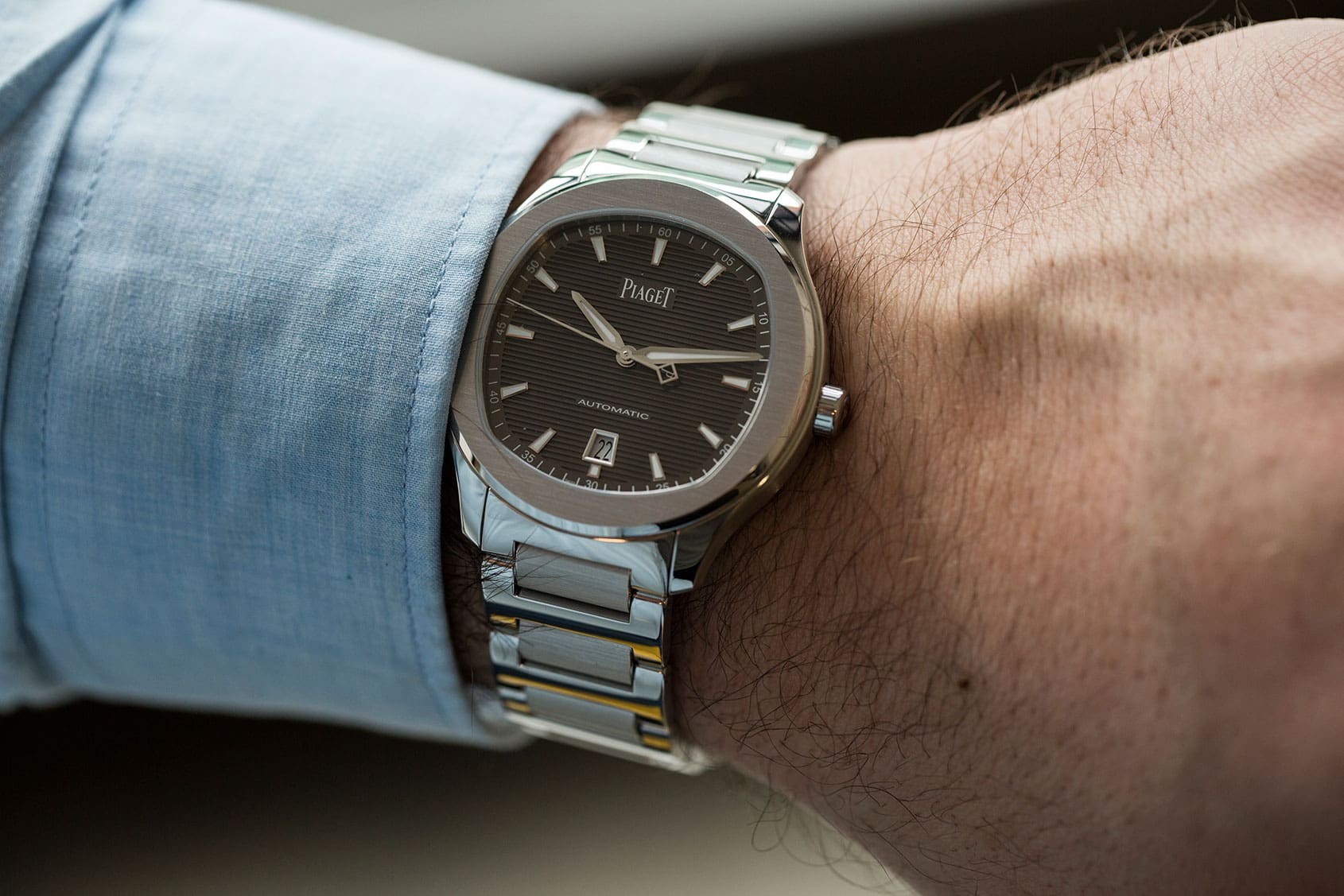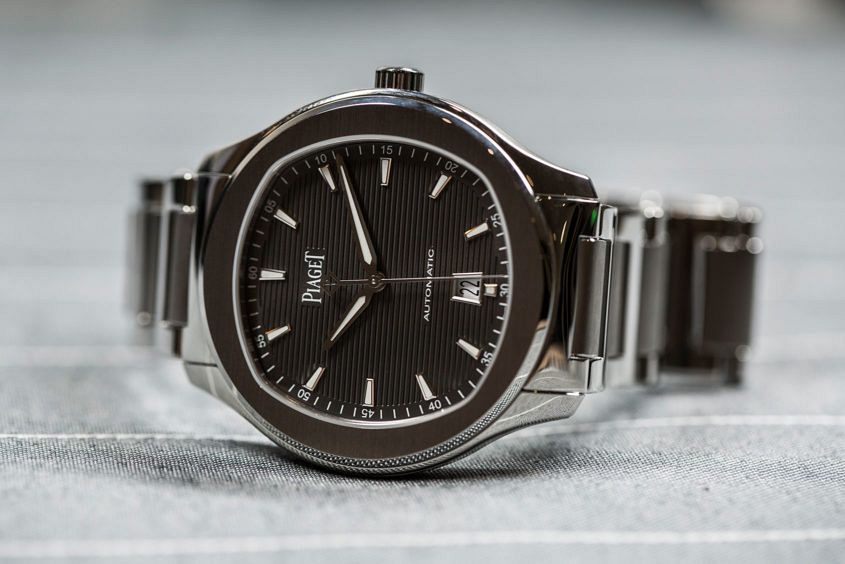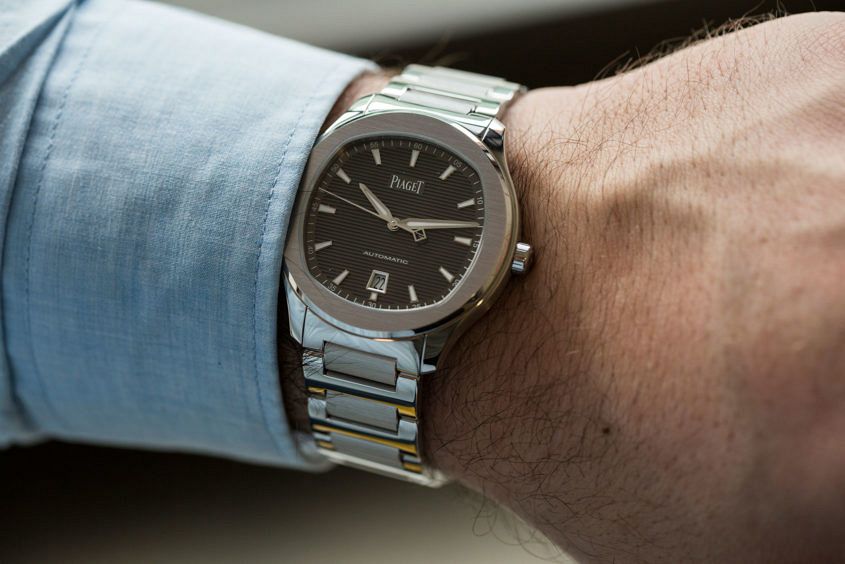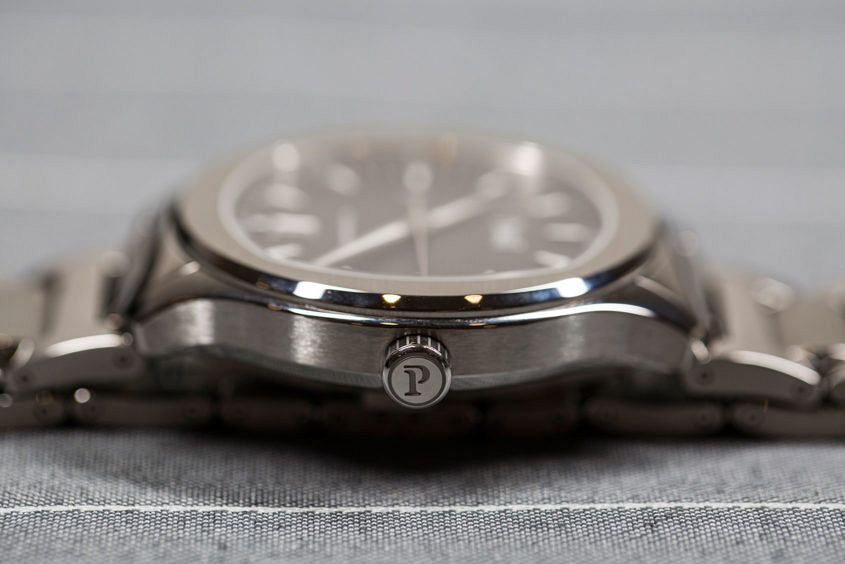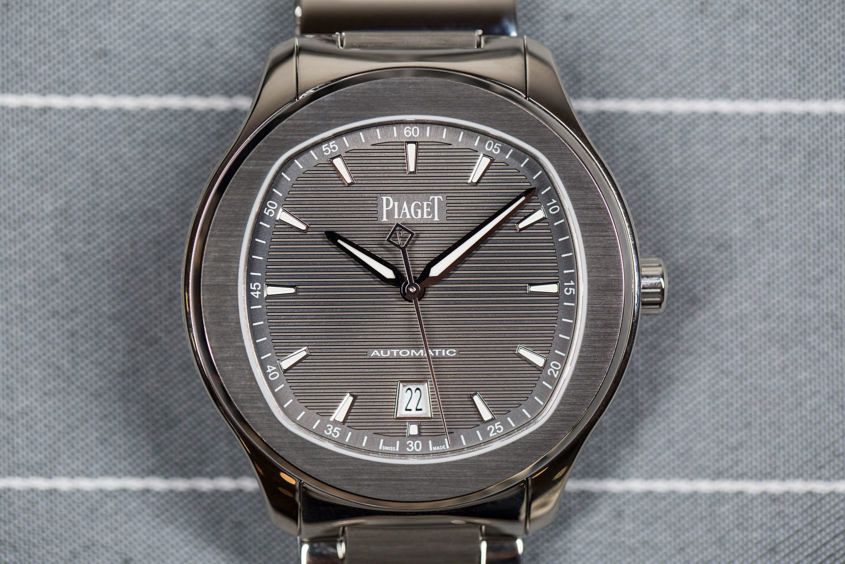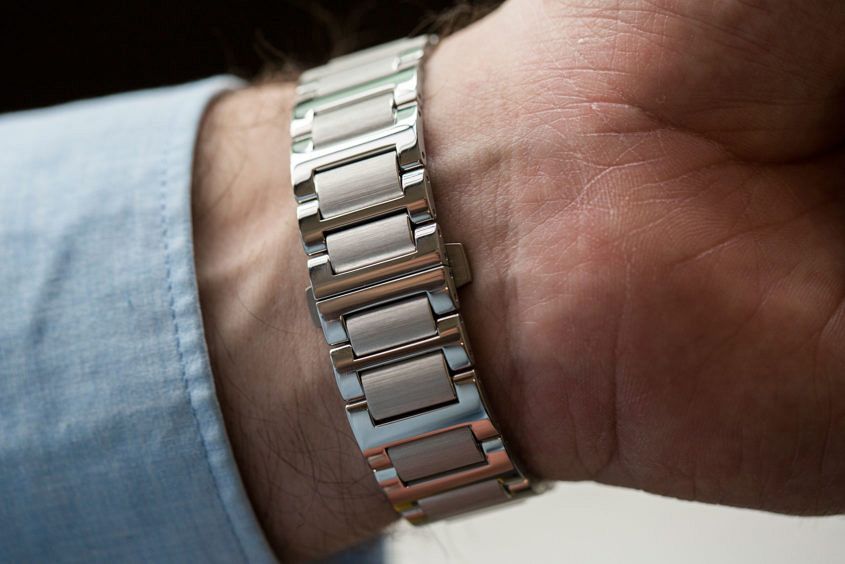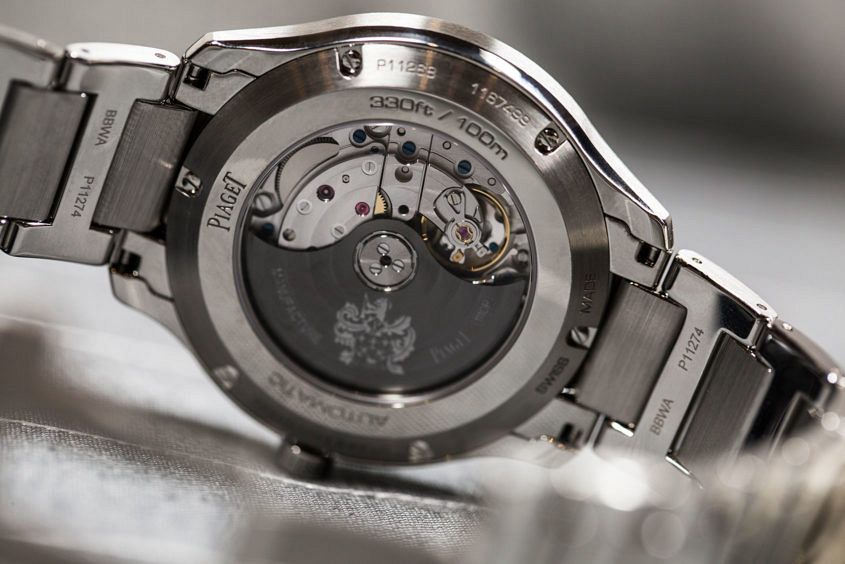IN-DEPTH: Does the Piaget Polo S really change the game?
Felix ScholzThe story in a second
Piaget’s move into the high-end steel sports market surprised many – but how does the Polo S hold up under close inspection?
The Polo S caused quite a fuss when it was released. Not only was this steel sports watch far from what most people expect from the reserved Genevan brand, they also released it at a star-studded launch party in Brooklyn – the sort of event you’d expect from the likes of IWC and JLC. And finally there was the style of the watch. Many people in the watch community quickly noted its resemblance to similarly high-end steel sports watches, such as the Patek Philippe Nautilus and Aquanaut, and to a lesser extent the Audemars Piguet Royal Oak and the Girard-Perregaux Laureato. But cut away all the drama around the release and what do you have? Well, not to give the game away, but you have a watch to be taken seriously.
The backstory
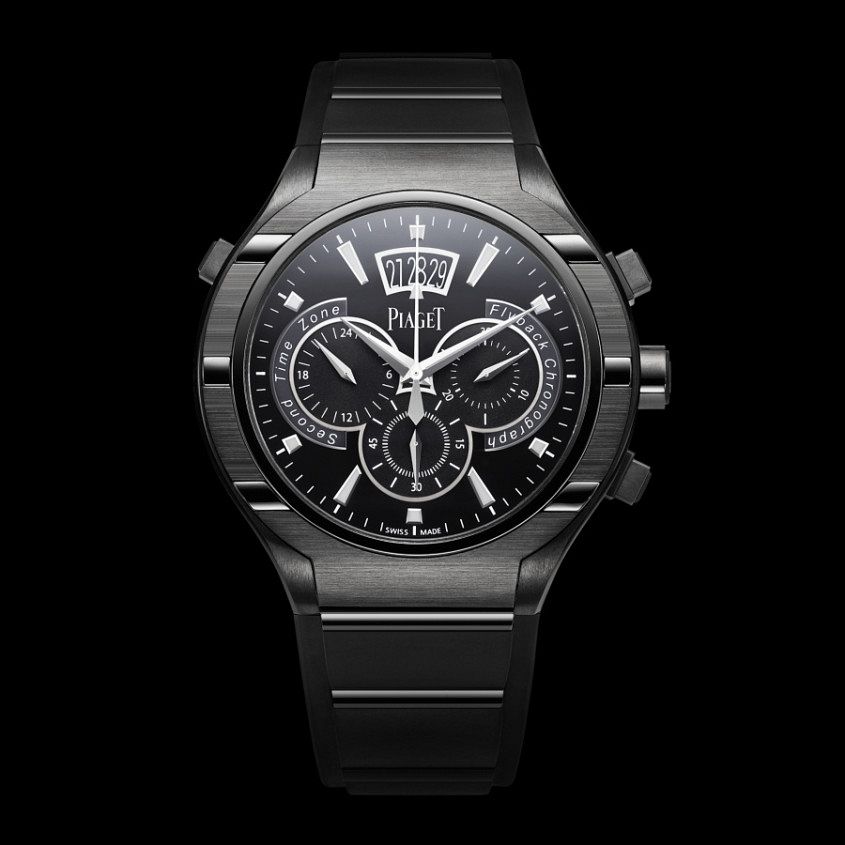
Piaget first introduced the Polo back in 1979 and, much like the Nautilus, Royal Oak et al, it was very much an ‘of the time’ design with bold vertical stripes bisecting the case and bracelet. Fast forward to 2009 and the Polo still had a place in Piaget’s line-up, the titanium-cased Polo FortyFive, which simultaneously beefed up the case size and (slightly) toned down the bold design. It’s always been something of an oddity in Piaget’s typically demure collection, and the Polo S attempts to offer the best of both worlds.
The case
Now that the history lesson is over, let’s talk about the case. While there’s a clear link to the tonneau shaped Polo models of yore, for me the Polo S bears a striking resemblance to Piaget’s high-end Emperador collection, thanks to the TV shaped dial in a wide flaked case. The flat oval shaped bezel has remarkably even horizontal brushing (not as fine as the bracelet, but more on that later), a nice nod to the stripes on the original Polo. The case middle is likewise brushed, but the angles are all polished. All up, the mixed finishes and shapes of the case add up to a very neat blend of sports and luxe. And the actual design itself? The other big news story is that the Polo S is cased in steel. And even though it’s not the brand’s first steel watch (that honour goes to the genuinely avant garde, and sadly short-lived Upstream), it’s a significant change for the predominantly precious metal brand.
As for the controversial similarities to other upmarket steel sports watches? Sure, there are some common design traits, but no more than any other ‘70s-inspired watch. More importantly for me, the Polo S is a clear evolution of Piaget’s own design DNA, mixed with a dose of commercial realism.
The dial
The Polo S comes in slate grey, silver or blue dial options (the chrono only comes in blue or silver), and because of how different this dial looks under different lights, I just had to check the paperwork from Piaget to see which version we were sent. This is the slate grey version, but depending on the light it can shift from silver to pitch black in appearance. This mercurial aspect is due to the deep ridges of the horizontal guilloche, creating a constantly interesting interplay of light and shade (or chiaroscuro if I’m remembering my undergrad art history correctly). This texture looks great up close, and keeps the otherwise uncluttered dial interesting. The hands and hour markers have a vaguely modernist look with chopped off angles, in keeping with the retro style of the piece, and they’re luminous as well. As you’d expect at this level, the dial printing is crisp. I would have liked it if the date wheel matched the colour of the dial, but that might have resulted in legibility issues. Perhaps my favourite touch though is the Piaget ‘P’ in the big diamond that acts as a counterweight for the seconds hand. A nice touch.
The bracelet
In many watches, even high-end ones, the bracelet is often an afterthought. Well, that has never been the case with Piaget, and it’s certainly not the case here. The bracelet of the Polo S is the best in its class. The Royal Oak bracelet might have the edge in terms of wearability, and the quick-change system on Vacheron Constantin’s Overseas is ingenious, but in terms of actual fit and finish the Piaget is next level. The outer links are highly polished, but it’s the centre links that really impress. I’m not sure what Piaget call this treatment, but it looks like they’ve been brushed, but the brushing is so even and detailed that the steel looks like velvet. Seriously impressive. The only downside is that this bracelet won’t look new forever, especially around the clasp, but that’s not a problem unique to Piaget.
The movement
The calibre 1110P runs the Polo S – a new 4mm thick in-house automatic that runs at 4 Hz, and has around 50 hours of power reserve. It’s a beautifully finished movement, but lacks any bells and whistles like silicon escapements or a long power reserve.
The verdict
I think most of the brouhaha around the Polo S comes down to the fact that a casual steel sports watch is absolutely not what’s expected of the brand, best known for their ultra-slim pieces. But if you judge the watch solely on its own merits it’s hard to beat. Truly A-grade case and bracelet, in-house movement, style that’s distinctive, (without being outlandish) made by a brand that oozes heritage – all for $15,600. It’s hard to argue against. Piaget’s real challenge is convincing customers that the Polo S is a viable alternative to their well-entrenched competition. Based on press photos I had my doubts, but they all disappeared as soon as I slipped the watch onto my wrist.
Talking point
Check out the finishing on my centre links…
Who’s it for?
If you’re in the market for a high end steel sports watch and aren’t wedded to the respective cults of AP or Patek, then the Polo S should be very high on your list.
What would we change?
It’s splitting hairs, but I’d like to see a more neatly integrated date wheel.
Piaget Polo S Australian Pricing.
The Piaget Polo S, $15,600, the Polo S Chronograph, $20,700.




